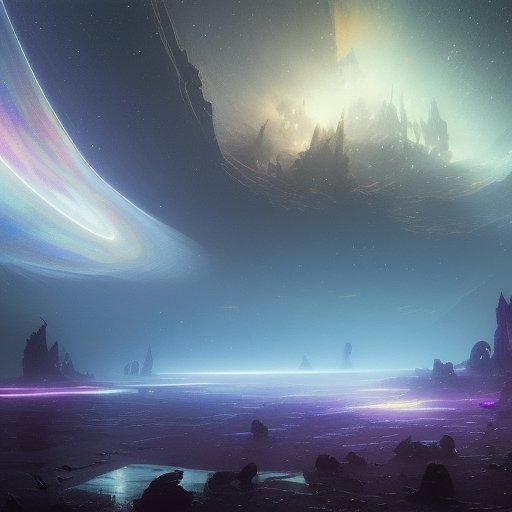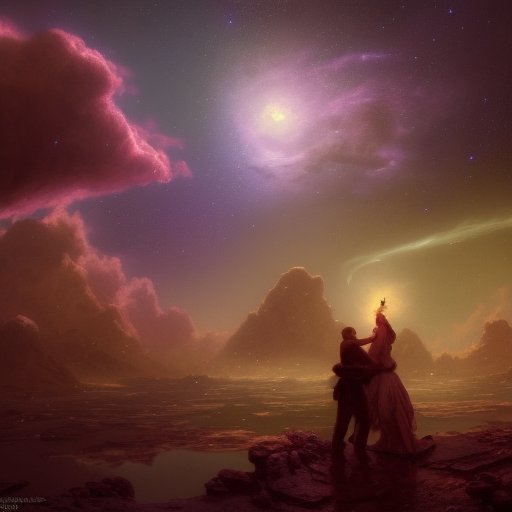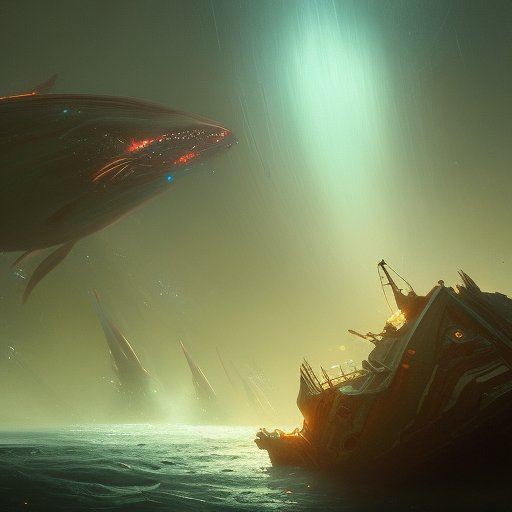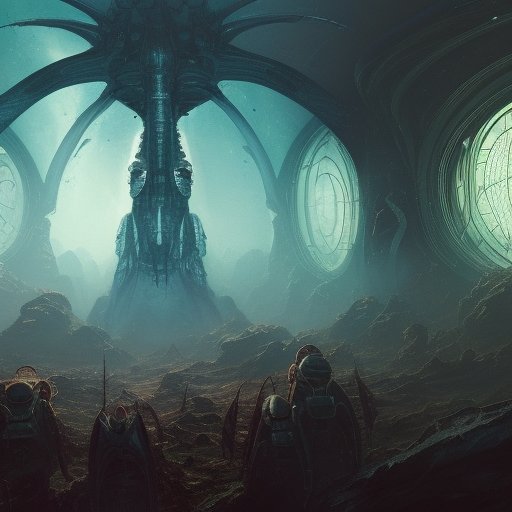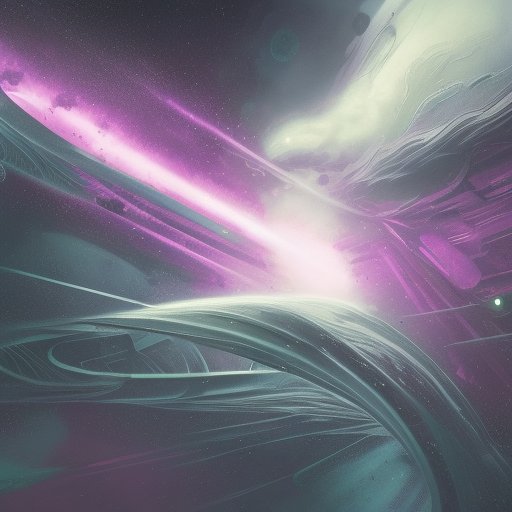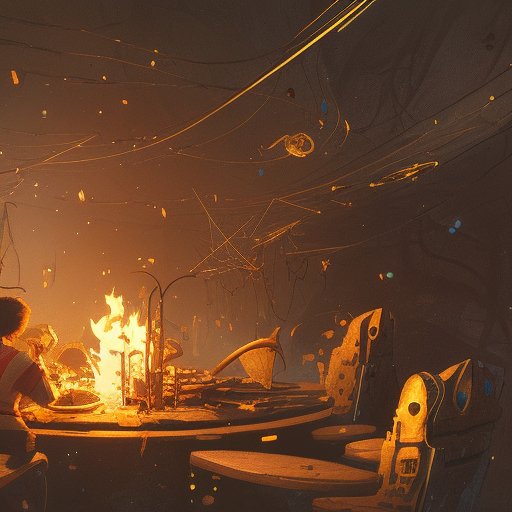
Dead stars are a topic of great interest for astronomers. But what exactly are they and why do they cause concern? In this piece, we will take a closer look at dead stars, exploring their various types, their implications for the universe, and the ongoing search to locate them. With a universe filled with so many fascinating phenomena, dead stars have emerged as one of the most intriguing. Join us as we delve into this wondrous realm, and discover the mysteries of these cosmic wonders.
I. Introduction
Greetings, fellow space enthusiasts! Today, we dive into a reality that scares the edge of science and the imagination of many. What is it that has got astronomers worried? What fears do they have that could make space’s vast expanse, to some, feel like a cosmic death sentence?

For centuries, we gazed up at the night sky, admired the twinkling stars, and even put them in our stories and folklore. But what about those stars that aren’t shining anymore? Those that have burned themselves out and moved on to the next stage of their existence.
These are the dead stars, and they are far from just lifeless celestial bodies that once upon a time shone as bright as diamonds.
No, these stars are much more than that. They are ticking time bombs, frozen relics of the past that still have an impact on our present and future.
Dead stars come in various flavors. Some become black holes, others become white dwarfs, and a select few lose their glow and turn into neutron stars. But regardless of their fate, one thing is for certain: we, the astronomers, are concerned about them.
Why are we so worried? What does the existence of dead stars mean for us? Why do we bother studying them? These are questions that we’ll explore in this piece. So strap on your spacesuit and get ready for a journey into the depths of space, where dead stars reign supreme.
II. What are Dead Stars?
What are dead stars, you ask? Well, let me tell you – imagine a lightbulb that’s burnt out, only instead of electricity, we’re talking about something as awe-inspiring as the nuclear fire of a star. Dead stars are just that – their flames have flickered and died out, leaving behind nothing but empty shells of their former selves.
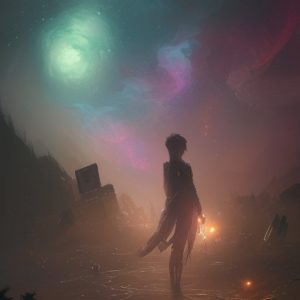
These celestial corpses have been stripped of their energy and are no longer involved in the dramatic dance of fusion and fission that marks the life cycle of stars. They are cold, dark, and often compacted into a tiny space. But some of them still pack a punch, especially when gravity comes into play.
Dead stars can be one of three types – black holes, white dwarfs, or neutron stars. Black holes are the grandmasters of the dead star category – they were once stars so massive that they can no longer hold themselves up against their own gravity, causing them to collapse and form a black hole. White dwarfs, on the other hand, are more like the faded stars we thought of before – they’re the remnants of suns that have burned themselves out, having exhausted all their energy, in some cases, by slowly burning for billions of years while their mass dwindled. Finally, neutron stars are made up of the neutron-rich remnants of more massive stars that have gone through a supernova explosion – they are stars that have undergone a transformation process that’s difficult to imagine.
So, what do these dead stars mean for us? Why do we study them? Well, that’s what we’ll explore in the sections that follow. For now, let it suffice to say that dead stars are a window into the past, and they can give us clues about the future.
III. The Different Types of Dead Stars
There are a variety of dead stars in the universe, each with its peculiar characteristics. One of the most common types is the white dwarf. These small, dense stars are the remnants of sun-like stars that have exhausted their fuel.

Another type of dead star, and arguably the most fascinating, is the neutron star. These are the ultra-dense corpses of massive stars that have exploded into supernovae. Imagine squeezing the mass of a whole planet, like Earth, into the size of a city. That’s how dense they are.
Black holes also qualify as dead stars, although they are a league of their own. These extraordinarily powerful entities are the remnants of the most massive stars in the universe, and their gravitational pull is so intense that nothing can escape it, not even light.
On the other hand, some stars go through a more peaceful death, and end up as red giants. These are huge, old stars that have blown most of their outer layers out into space, leaving a small core behind.
Lastly, we have the exotic dead stars: quark stars and strange stars. These theoretical stellar remnants are made up of strange and quark matter, significantly denser than what makes up a neutron star.
IV. Why Dead Stars Worry Astronomers?
Dead stars are a significant concern for us astronomers. These celestial objects may not be around anymore, but they still have a significant impact on the universe as we know it. From gravitational waves to gamma-ray bursts, the aftermath of these dead stars can be destructive and unpredictable.
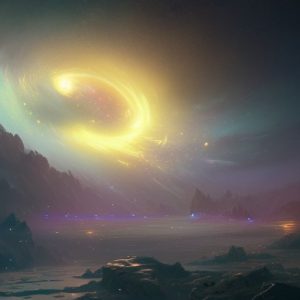
One of the biggest concerns for us is the possibility of a catastrophic event that could affect our planet. For example, a neutron star located relatively close to Earth could emit a powerful burst of radiation that would wipe out life on our planet. It’s a scenario that we’d rather avoid, but in space, anything is possible.
But it’s not just the potential for destruction that makes these dead stars so worrisome. They also have a profound impact on our understanding of the universe. By studying these objects, we can learn more about the life cycle of stars and the fundamental physics that governs the universe. Dead stars provide valuable clues to the history of our universe and what the future may hold.
Furthermore, the existence of dead stars raises important philosophical questions about the ultimate fate of the universe. Will all the stars eventually become dead stars? What happens when there are no more stars left? These are questions that we are still trying to grasp the answers to, but dead stars remind us of just how much we have yet to learn about the universe.
It’s no wonder that we are worried about dead stars. They represent a significant mystery that we have yet to fully unlock. But for all the fear and uncertainty they may cause us, they also provide us with an opportunity to deepen our understanding of the universe and our place in it.
V. The Implications of Dead Stars for the Universe
The implications of dead stars write a foreboding song in the deep recesses of space. These celestial corpses hold within them secrets that can unlock the mysteries of the universe. Black holes, for instance, can tell us about the nature of gravity and the fabric of space-time.
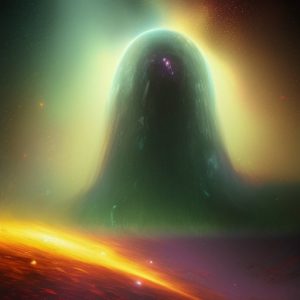
White dwarfs, on the other hand, are our crystal balls, showing us what our sun will look like when it dies. And neutron stars hold keys to the atomic structure that we’ve never seen before.
But, the implications of dead stars are not just theoretical. They reach right down into our physical world, and they can affect us in ways we’ve never imagined. For instance, in some cases, the death of a star can trigger the formation of other stars, setting into motion a new cycle of formation and destruction.
Alternatively, the death of a star can result in an explosion, such as a supernova, which can send out shockwaves through space and spark the creation of new elements. This can have implications for life on Earth, as some of these elements are essential for our existence.
And finally, the study of dead stars can help astronomers better understand the evolution of galaxies and our universe as a whole. It can shed light on the earliest days of the cosmos and the formation of the elements we see today.
Indeed, dead stars represent a rich tapestry of knowledge and are a key part of understanding the universe we inhabit. From the birth of black holes to the creation of new elements, these enigmatic objects hold answers to some of space’s most challenging questions.
VI. The Search for Dead Stars
The search for dead stars has captured the imagination of astronomers and scientists around the world. Several space missions, both ongoing and upcoming, are dedicated to finding and studying these celestial bodies.
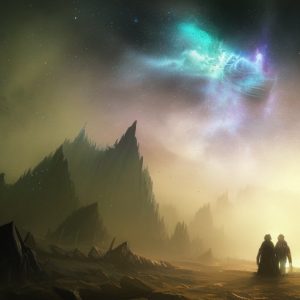
NASA’s Fermi Gamma-ray Space Telescope, launched in 2008, is one such mission that detects gamma rays from space, which can provide valuable information about pulsars and other dead stars. Meanwhile, the European Space Agency’s Gaia mission, launched in 2013, is an ongoing effort to map the Milky Way galaxy and identify thousands of white dwarfs and brown dwarfs.
But the next big thing in the hunt for dead stars is the upcoming Large Synoptic Survey Telescope (LSST), set to start operations in 2023. This telescope is expected to revolutionize our understanding of the universe and help us find more of the faint and dim objects in the sky, including dead stars.
LSST is designed to take high-resolution images of the entire southern sky every three nights, allowing astronomers to track changes in brightness and movement of celestial bodies. The telescope is expected to help identify many dead stars, including new types that we are yet to discover.
Apart from ground-based telescopes, several space missions such as the James Webb Space Telescope (JWST), set to launch in 2021, and the Wide Field Infrared Survey Telescope (WFIRST), set to launch in the late 2020s, are expected to aid in the search for dead stars.
Ultimately, the search for dead stars is crucial to our understanding of the universe, its evolution, and our place in it. Finding these lifeless bodies may hold the key to unlocking some of the universe’s most significant secrets, such as the origin of the heavy elements that make up planets and life as we know it.
VII. Conclusion
As we come to the end of our journey into the world of dead stars, we can’t help but wonder what the future holds. Will we, one day, wake up to find that our universe is just a graveyard of once-great stars?
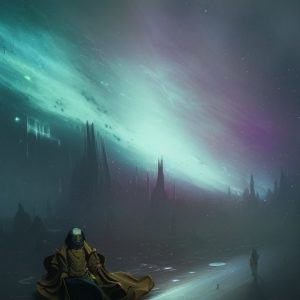
It’s easy to get lost in the idea that everything must end, that the stars we see tonight will eventually meet their demise. And as astronomers continue to study the universe’s mysteries, they will undoubtedly make new discoveries that bring us closer to understanding our dark and luminous universe.
But one thing is certain: even if dead stars make up the majority of our universe, they will not be the end of it. New stars will form, new discoveries will be made, and new frontiers of science will be explored.
It’s a reminder that even in the face of death, there is the potential for new life. And as long as there are curious minds and courageous explorers out there, humanity will continue to seek out the unknown and the impossible.
So let us not fear the dead stars or the dark unknown expanse that lies beyond them. Instead, let us embrace the challenges they pose and the opportunities they offer. The universe may be vast and unexplored, but with the right spirit and a little luck, we can find a way to navigate its mysteries and emerge stronger on the other side.
